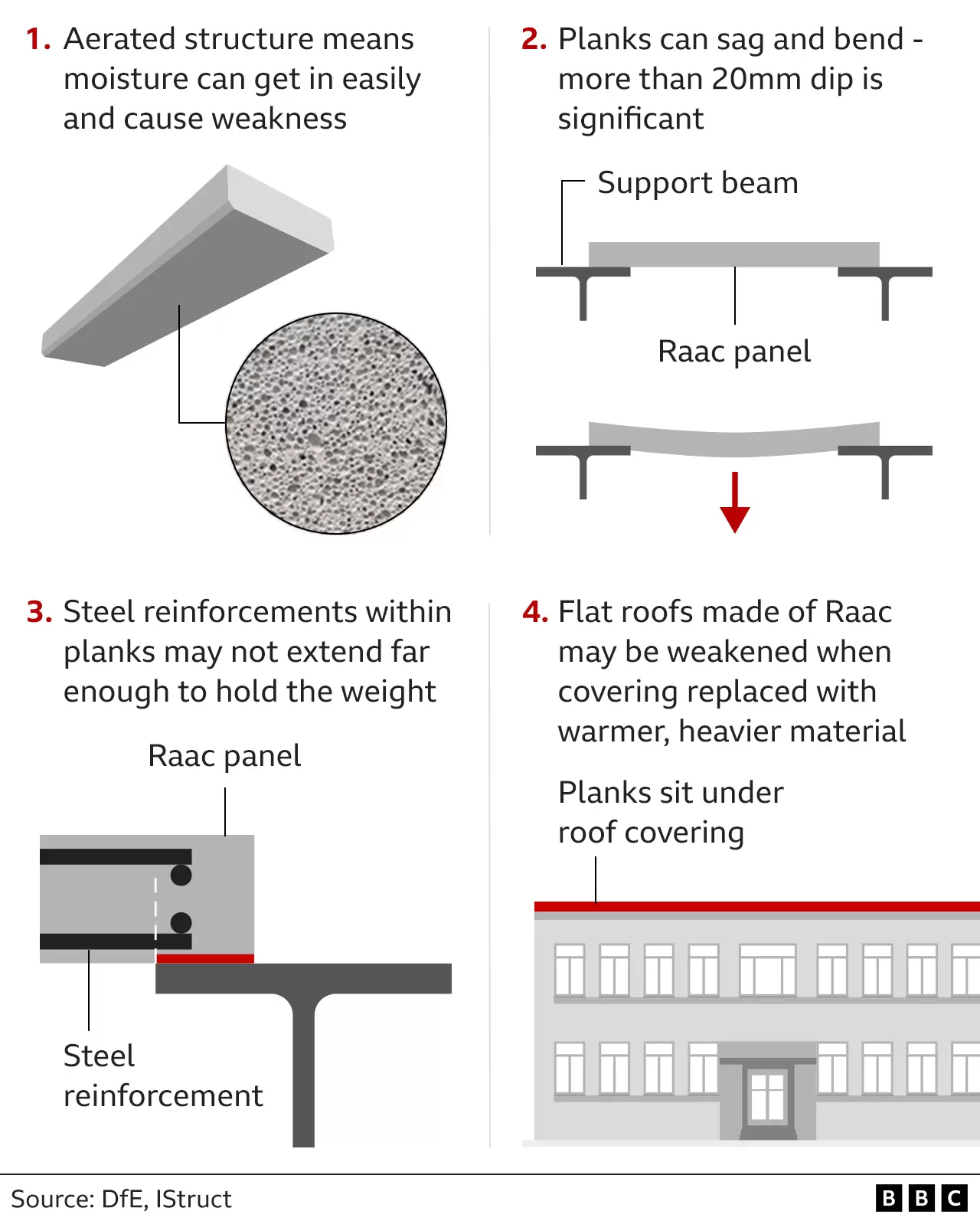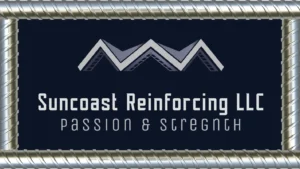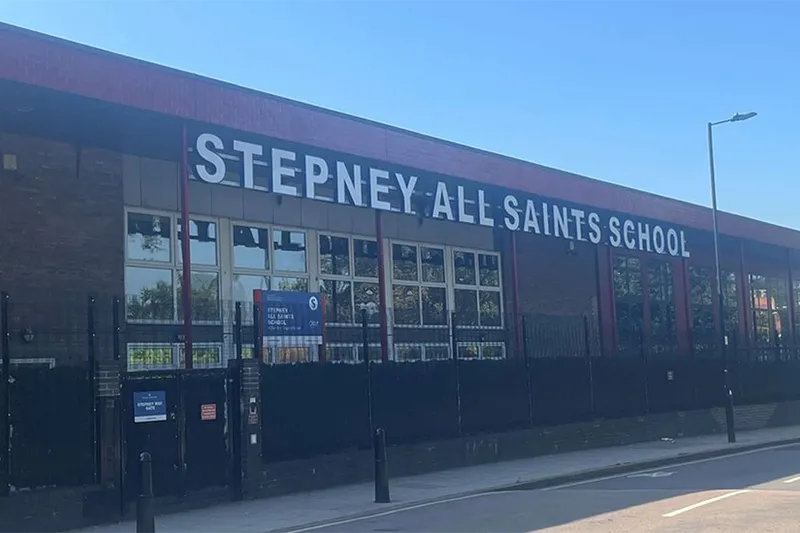From the BBC — By James Kelly —
A secondary school in east London was ordered to close yesterday, just two weeks into the school year, after potentially unsafe concrete was found within its building.
Stepney All Saints School in Stepney Green was advised to shut by the Department for Education (DfE).
Surveys have been carried out at schools following a change in guidance on reinforced autoclaved aerated concrete (RAAC).
The BBC has approached the school for comment.
But a sign outside the building said it was closed “until further notice” and all lessons would take place online.
The DfE advised the school to shut on Thursday, Sept. 14.
A spokesperson for the government department said: “We know this will be a difficult time for parents and pupils, which is why we will continue to work with the Diocese and Stepney All Saints School to support them to put mitigations in place so that pupils can return to the classroom as soon possible.”
The school has about 1,500 pupils.
The DfE spokesperson said: “We have been working at pace to identify and support all schools with RAAC.
“Whilst we will always endeavor to work with schools to continue with face-to-face learning, pupil and staff’s safety must come first. As a result, a very small number of impacted schools have needed to turn to remote learning for a short period of time.”
The department said it had sent a project director to support the school.
What is RAAC concrete and why is it a safety risk?
With just days to go before the start of the new school year, more than 100 schools in England were ordered to close buildings made with a certain type of concrete — Reinforced Autoclaved Aerated Concrete, or RAAC — unless they put in place safety measures.
Here is what we know so far about the material at the center of all this.
What is RAAC?
RAAC is a lightweight material that was used mostly in flat roofing, but also in floors and walls, between the 1950s and 1990s across England.
It is a cheaper alternative to standard concrete, is quicker to produce and easier to install.
It is aerated, or “bubbly,” like an Aero chocolate bar.
But it is less durable and has a lifespan of around 30 years.
Moreover, it is susceptible to structural failure when exposed to moisture. The bubbles can allow water to enter the material.
If that happens, any rebar reinforcing RAAC can also decay, rust and weaken.
Because of this, RAAC is often coated with another material, such as bitumen on roofing panels. But this material can also degrade.
The Standing Committee on Structural Safety (SCOSS) noted that: “Although called ‘concrete’, RAAC is very different from traditional concrete and, because of the way in which it was made, much weaker.”
According to Loughborough University, there are tens of thousands of these structural panels already in use and “many are showing signs of wear and tear and deterioration.”
VIEW BBC VIDEO ABOUT RACC
When were these risks first identified?
The differences to traditional concrete — and the risks of RAAC use — were outlined as far back as 1961, around the time when Britain first began to use the material.
The Institution for Structural Engineers said in a report, seen by the BBC’s Newsnight, that RAAC was so different to traditional concrete that “it is perhaps unfortunate that the term concrete has been retained for these aerated products.”
The report found that short-term exposure to moisture reduced strength by about 13%, while long-term exposure to “polluted air” reduced it by 40%.
The potential safety issues of ageing RAAC were first reported in the 1980s and 1990s, when roof collapses led to buildings being demolished.
A 1996 government-funded report by the Building Research Establishment had found RAAC panels cracking in a housing development, and cracks and bends in panels installed in schools.
A report by the same body in 2002 came to three new conclusions:
- Material used to coat RAAC will have very probably become compromised in panels over 20 years old.
- Crucially, that corrosion can occur without visual indication that the panel was in poor condition – ie, there was a the risk of collapse without warning in panels over 20 years old.
- Some panels were inadequate and did not meet regulations when they were installed.
CAPTIONS
ABOVE: Stepney All Saints School in Stepney Green, England, was forced to close Sept. 14 over safety concerns due to the deterioration of RACC “concrete” used in its construction. BBC PHOTO
BELOW: BBC infographic on the durability problems with RACC, which was widely used in Great Britain from the 1950s through 1990s,

Suncoast Reinforcing is hiring!
If you’re looking for work, contact Suncoast Reinforcement for information about current openings.
We’re nearly always hiring skilled ironworkers, supervisors and helpers.


0 Comments